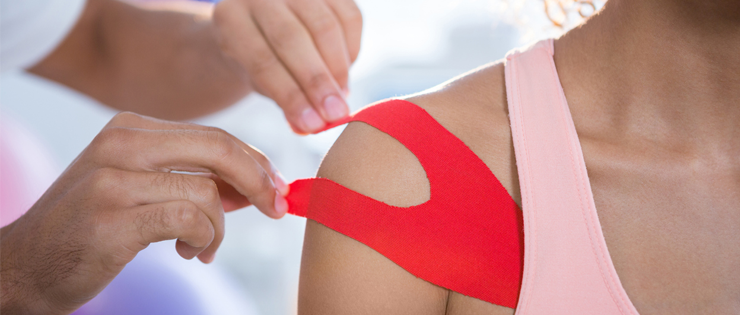
Over the last decade the fitness industry has changed. We’ve not only seen a trend towards a higher intensity style of training known as HIIT, but every second person is entering endurance obstacle races like Tough Mudder or Spartan, others are learning the skills of a Ninja Warrior, and let’s not forget about Crossfit.
As a physio working in a gym environment I see a wide variety of injuries. Recently I’ve started to notice a consistent flow of Gen Y gym goer’s who are jumping on this high intensity exercise bandwagon and it’s wreaking havoc with their hips and shoulders.
The hip and shoulder are two of the most mobile joints in the body forming the main connection between the torso and their corresponding extremity. The movement of the leg is only as good as the movement at the hip; same goes for the arm and shoulder. Optimal joint functioning sets a stable yet mobile base for good quality movement to take place.
The Shoulder Injury
We treat at least a dozen cases of shoulder pain every week of which more than half are 25-35 year olds presenting with poorly localised shoulder pain. Often it’s been niggling for a few weeks and they finally come to physio because push ups are painful, they’re avoiding most overhead movements and sleeping on the affected shoulder is uncomfortable. What do we find? A pattern of mid thoracic stiffness combined with tight bands of muscle through the lats, pecs and posterior rotator cuff.
The Hip Injury
Those with hip injuries are presenting with tightness or aching at the front of the hip with squatting or lunging movements. Many immediately attribute this to tight hip flexors so naturally they stretch, and stretch, and stretch; to no avail. Why? Their hip flexors are actually weak. The body compensates for weakness via an increase in resting muscle tone in an attempt to gain stability which gives the sensation of tightness. Meanwhile surrounding soft tissues, particularly the glutes, also compensate making them tight and inhibiting their function. The biomechanics of the hip complex are completely disrupted.
Once we loosen what’s tight and begin to strengthen what’s weak, not only do we see an improvement in pain levels but quality and efficiency of movement is better.
How does it Happen?
How do these neuromuscular imbalances develop? One of the key contributing factors is training. All of the abovementioned styles of training have enormous mental and physical health benefits when done well. Unfortunately many sacrifice form and technique to compete with team mates or make a time cap leading to repetitive poor movement patterns that inevitably catch up with you. Certain muscles get strong, some get tight, others get weak and there is stiffness where there shouldn’t be stiffness. The system becomes dysfunctional which is the root cause of many injuries in a generation that are taking exercise to a new level.
What can we do?
I’m by no means against high intensity exercise training styles but people need to recognise their individual limitations and be prepared to slow down or modify if they aren’t conditioned to perform at the same level as those around them. We all enjoy a little healthy competition but when it comes at a cost to our health is it really worth it?